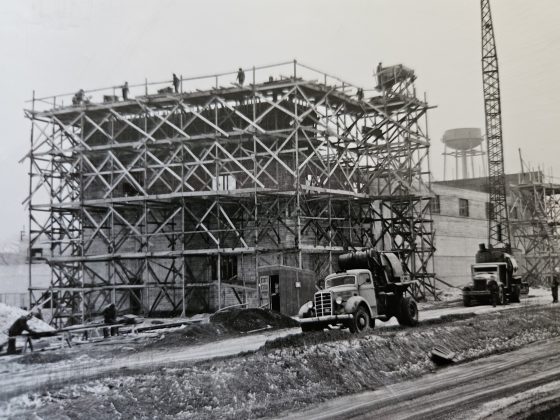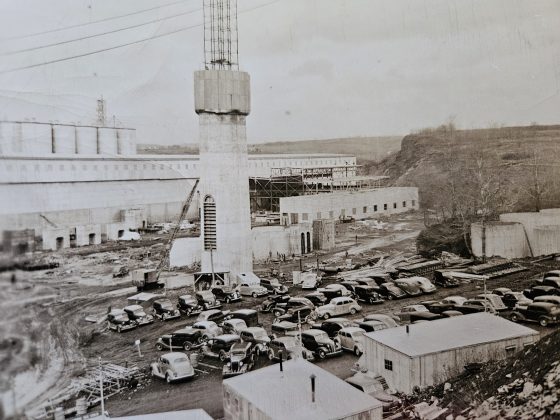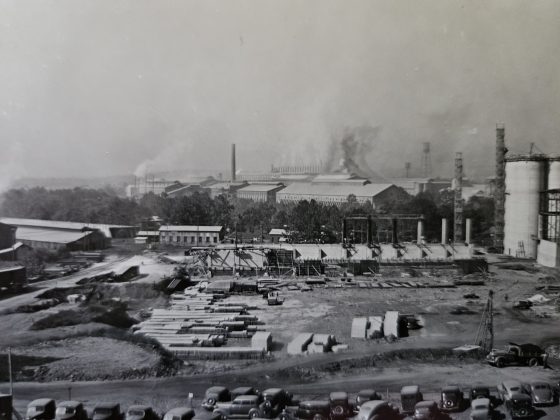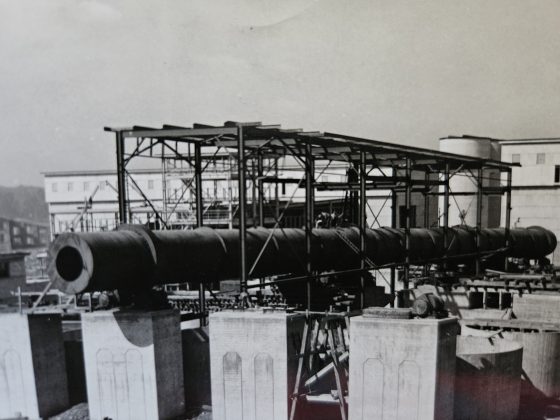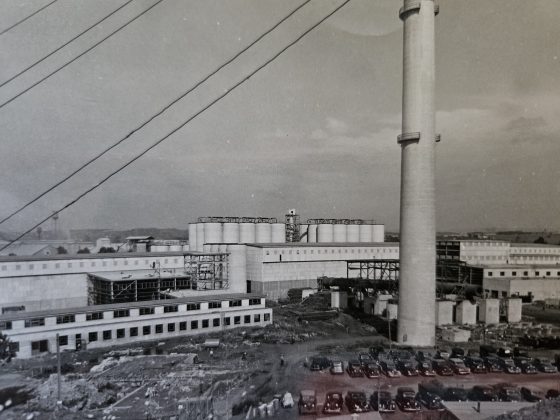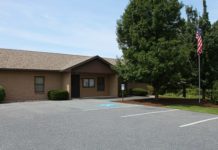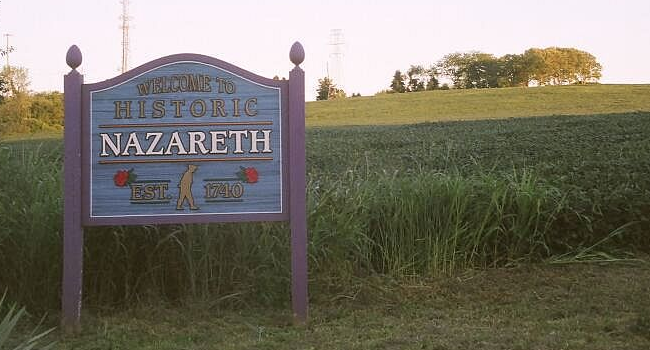In this second column, we continue to share rare photos of the construction of Plant 5 of the Universal Atlas Cement Company of Northampton.
Construction continued during World War II because some engineers thought the plant could be converted to an aluminum processing plant for the war effort.
This writer interviewed several men who were involved in the construction of Plant 5. Joseph Janders, a graduate of Northampton High School, was given a job as a clerk of the works. He earned $22 a week. The Hewko brothers worked in the early construction, laying railroad tracks until they were drafted to serve the nation in World War II. The manager of the new plant was Leonadis Boucher. Later, his son was a well-known physician in Northampton.
Plant 5 used a wet process in producing cement. All cement was shipped by rail until trucking replaced many of the railroad cars. After World War II, the plant was visited by many foreign businessmen. Some visitors came from Japan and Germany after the war and used American technology to build their new plants.
This writer and his father had the privilege of working at the new Plant 5.
In 1980, the plant was sold to Lehigh Portland Cement Company. At this time, only the kiln that produced white cement was operational.
Sadly, the plant closed in August 1982. Mr. Frank Jany and his brother packed the last bulk railroad car of cement.
With emotion in their voices they said, “We packed the last railroad car and knew the Atlas would never open again.”
Before closing, the Atlas Company donated the land for Northampton Area School District’s high school and middle school. Both these schools are located on the former site of Plant 4. The land for the municipal park, swimming pool and banquet center was also donated to the borough. The banquet center was formerly an old bag factory.
Through the 87 years of Atlas history, the company never forgot the community of Northampton.

